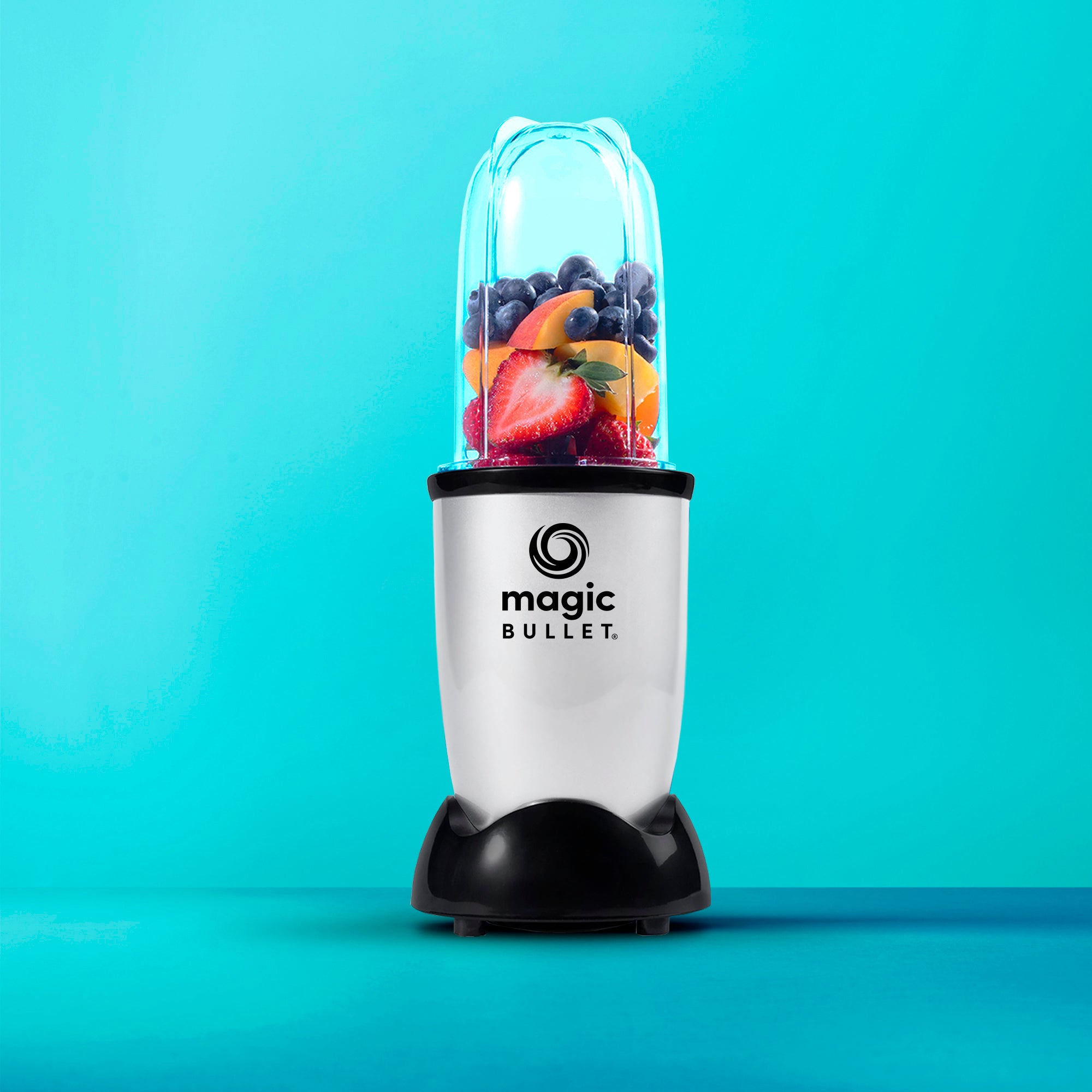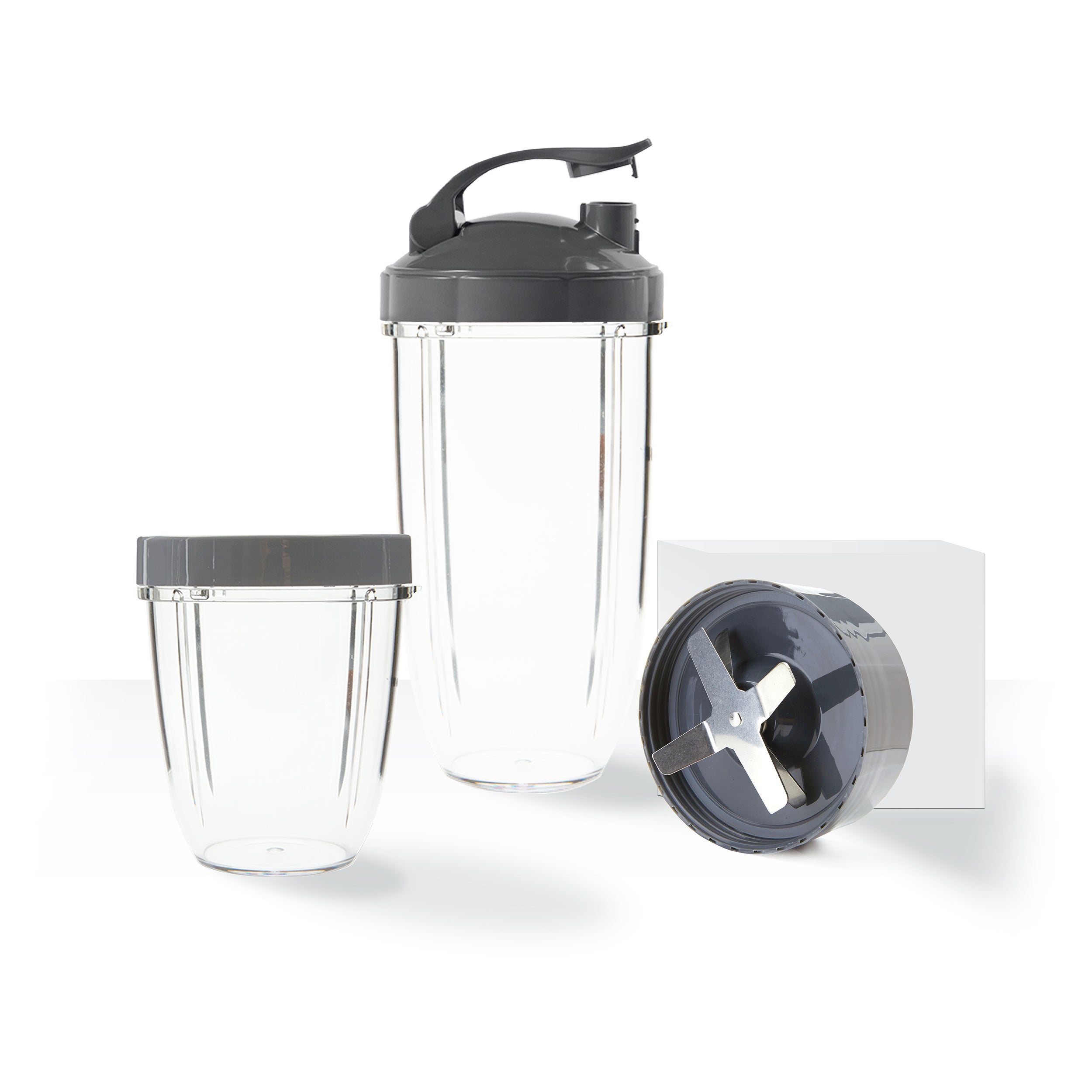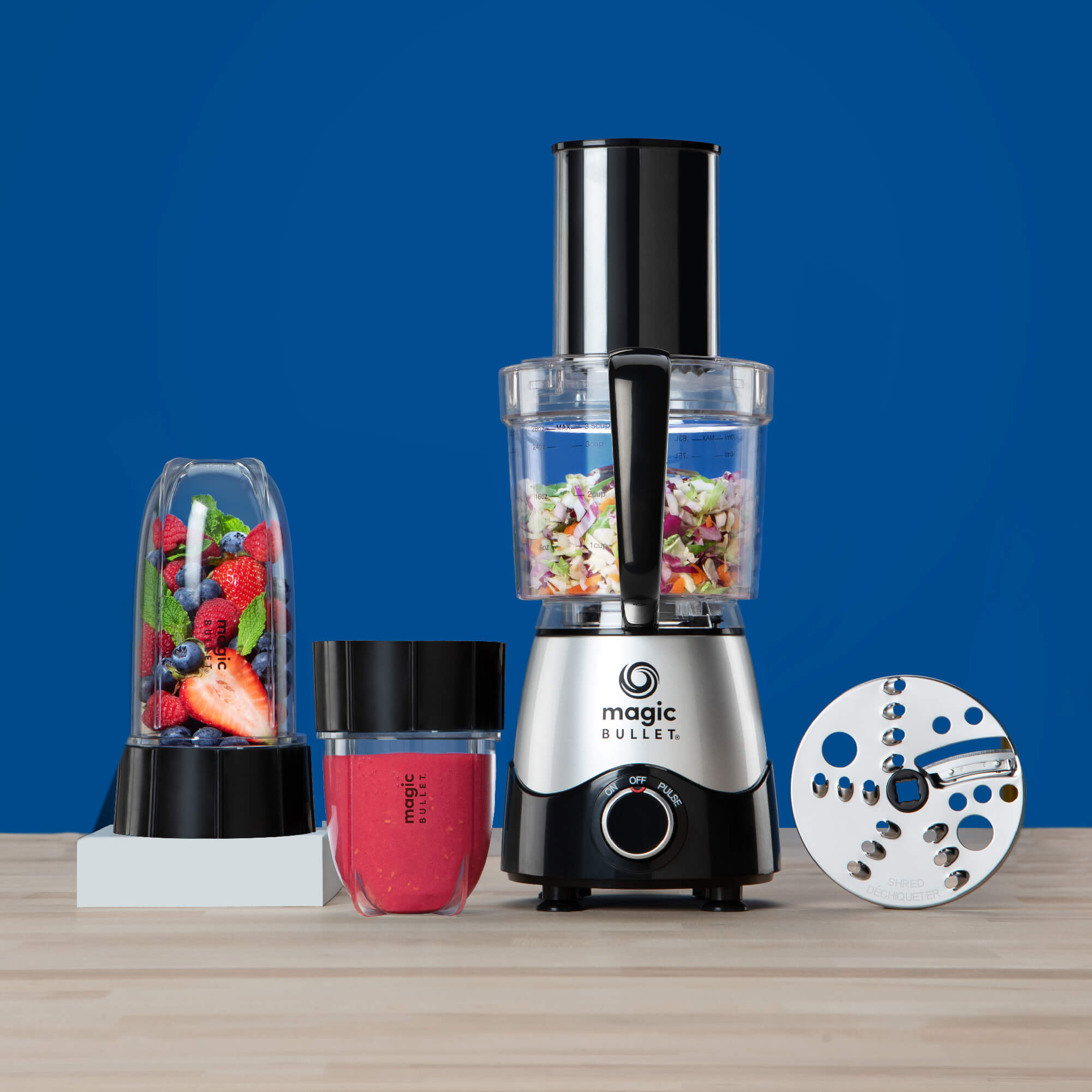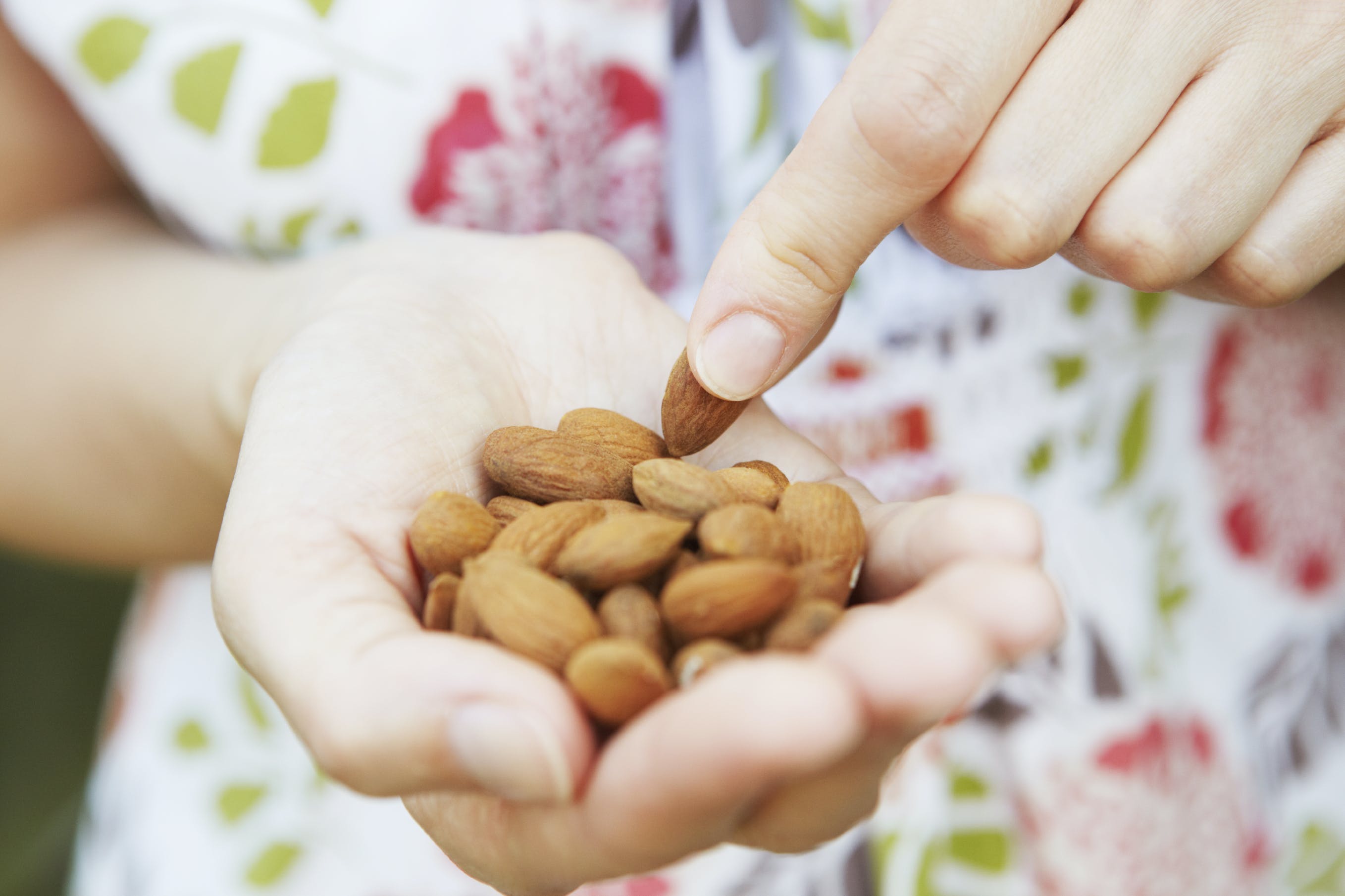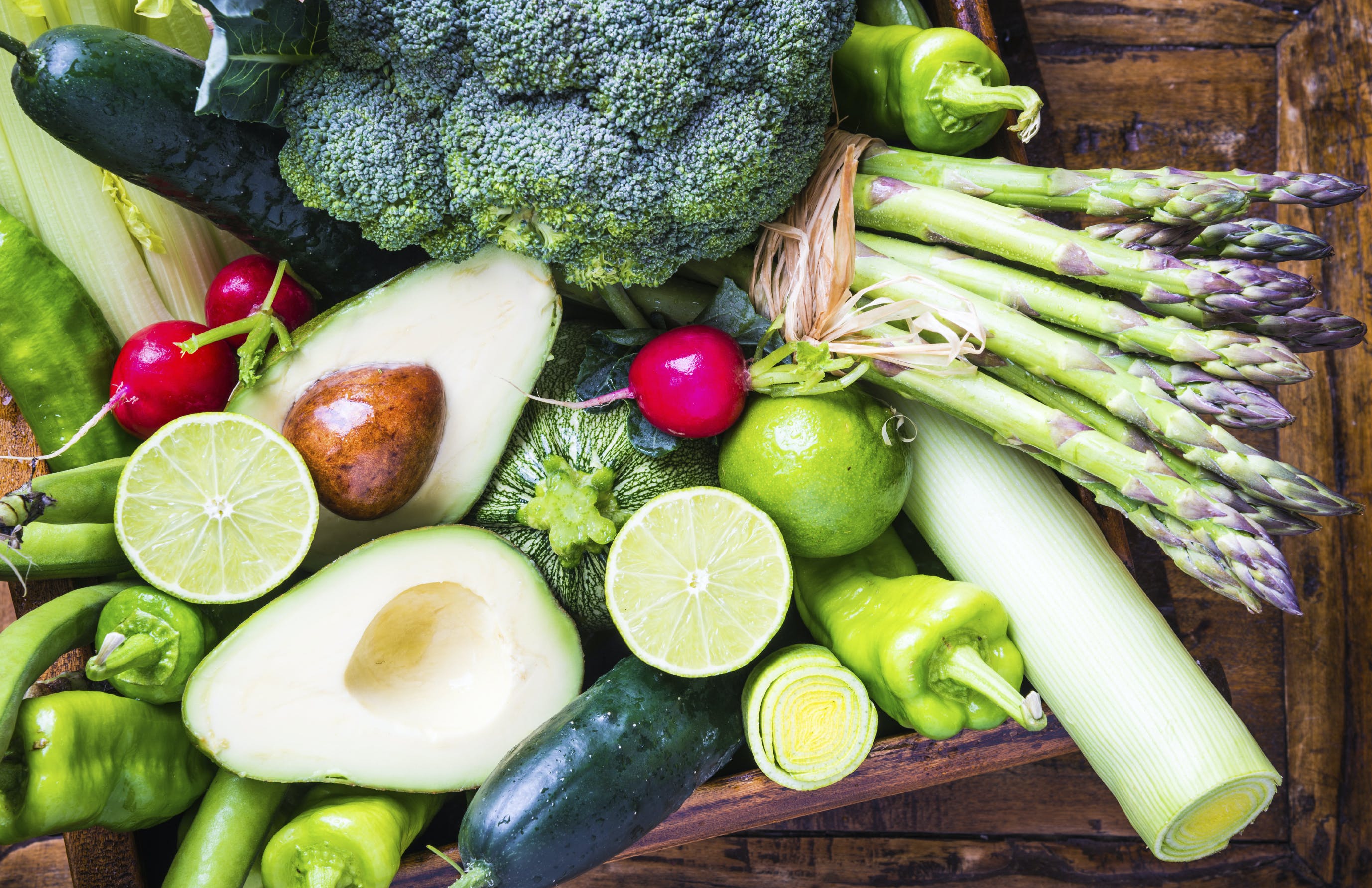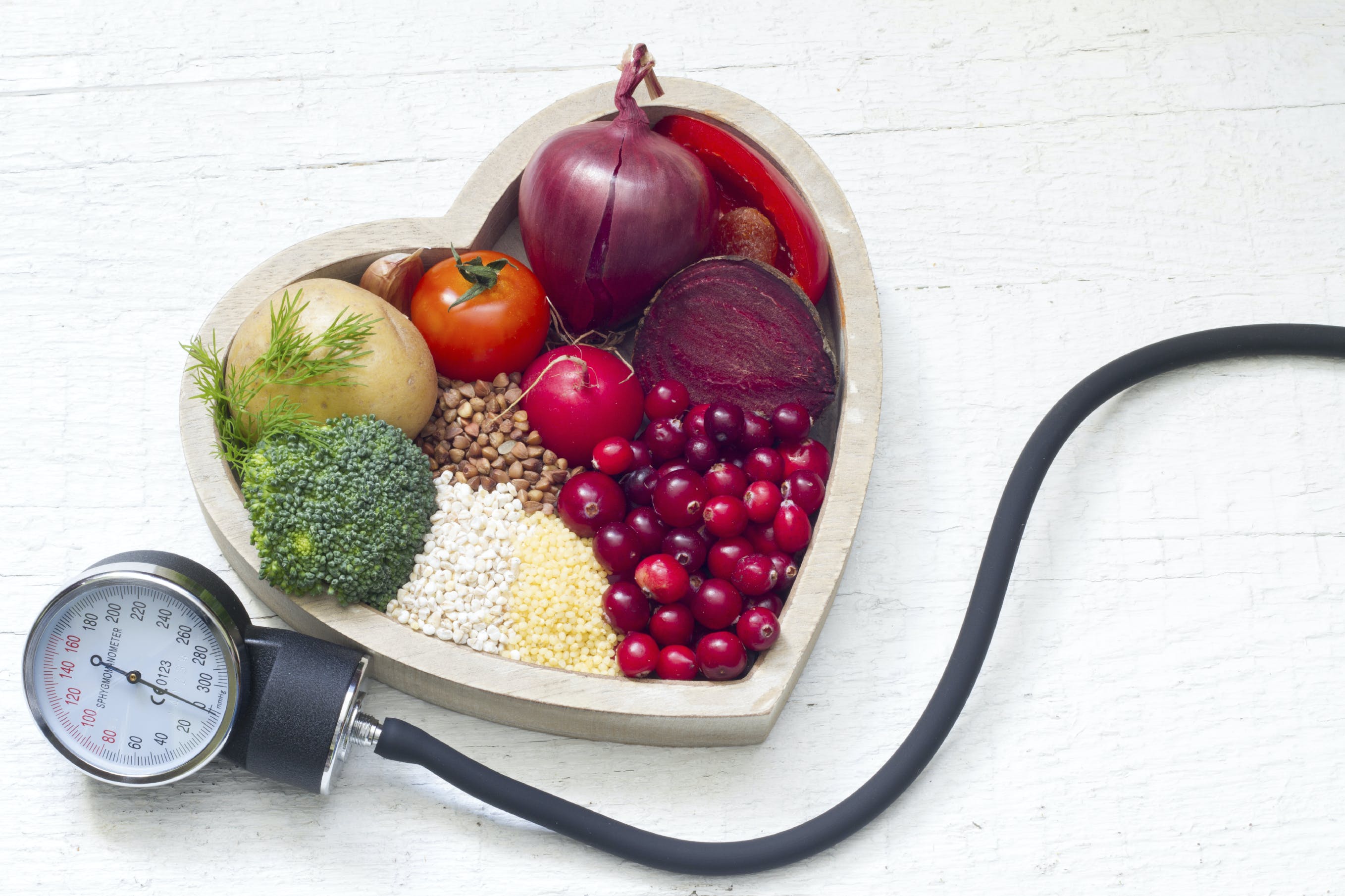Obesity is a condition commonly associated with type II diabetes. Many factors contribute to both conditions, but the common link is a diet that’s low in fiber and vegetables and high in overly processed, nutrient-depleted foods and excess fat. Diets affect the gut environment, for better or for worse. According to studies around the world, there are two major types of bacteria in the gut that play roles in obesity: fermicutes and bacteroidetes.
Fermicutes and bacteroidetes are two major players in gut flora. Overweight individuals may have higher levels of fermicutes than bacteroidetes, causing imbalances in their microbiota that lead to weight gain. Researchers have found that eating certain foods can actually modify the makeup of the gut bacteria, in both good ways and bad.
In addition to having the right type of bacteria, we're also finding that it may be advantageous to diversify within the healthy bacteria. Researchers are discovering in mice that the wider variety of gut flora, the leaner the mice and with a less diverse population of bacteria, the more obese the mice become. The same may hold true for humans as seen in preliminary studies.
Nutrition 411 published an article that recommends avoiding excess fat, refined sugar, and alcohol to improve gut bacteria. They also suggested taking prebiotic and probiotic supplements or eating foods that are rich in these digestive aides. Prebiotics are a type of fiber found in foods like bananas, chicory, artichoke, onions, garlic, and wheat bran.
Probiotics, on the other hand, are actual bacteria. They provide 30-50 billion colonies of good bacteria that promote a healthy gut. Probiotics can be found in foods or in supplement form. Foods, such as yogurt, kimchi, sauerkraut, miso, kefir, or fermented veggies contain live probiotic bacteria. If choosing a supplement, choose one with at least 20-25 billion CFUs (colony forming units). At the very least, your supplement should contain lactobacillus and bifidobacterium. Enteric coating will help keep the bacteria safe until they reach the small intestine, where they can go to work.
Scientists have also found that polyphenol-rich diets are inversely correlated to the incidence of type II diabetes. Polyphenols are antioxidants found in green tea, dark chocolate, fruits, and vegetables. They help suppress the growth of fermicutes, while feeding bacteroidetes in the gut. In fact, some medical professionals hypothesized that weight-lowering properties of fruits, green tea, and vinegar are related to the polyphenol’s impact on gut bacteria.
There’s also a common belief that antibiotics encourage the regrowth of fermicutes, potentially in a worse strain than the original. While this doesn’t mean that we should avoid using antibiotics, studies show that individuals who develop type II diabetes have a history of using large amounts of antibiotics over the years prior to being diagnosed with diabetes. In addition to antibiotic medications, antibiotics used in conventional meat and dairy cattle may alter your gut microbiome. When choosing these foods, opt for organic, hormone-free, and antibiotic-free versions.
Keeping your gut healthy is crucial for improving health and wellness and combatting obesity and diabetes. And a healthy gut needs a healthy and balanced diet that includes plenty of fruits and vegetables. Take advantage of the NutriBullet’s nutrient extracting capabilities to get the most health benefits from fresh fruits, veggies, and other whole foods!
Nutritional information
Recipe: Creamy Green Strawberry Dream Serving in this recipe:1
- Calories: 236.6
- Total Fat: 3.6 g 5.5%
- Saturated Fat: 0.4 g 1.9%
- Cholesterol: 0 mg 0%
- Sodium: 358.7 mg 14.9%
- Total Carbs: 45.7 g 15.2%
- Dietary Fiber: 9.9 g 39.4%
- Sugar: 22.1 g
- Protein: 8.1 g 16.2%
- Vitamin A: 481.9% Vitamin C: 244.1%
- Calcium: 68.5% Iron: 26.1%
* Percent Daily Values are based on a 2,000 calorie diet. Your daily values may be higher or lower depending on your calorie needs.



